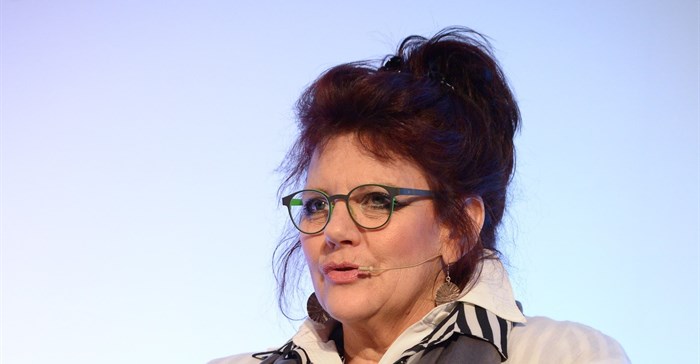Earlier this year, energy minister, Tina Joemat-Pettersson announced that a 600MW gas-fired generation project would be added to complement the 3,126MW project proposed in 2015.
Karén Breytenbach, head of the department of energy’s (DoE) IPP office, says the next challenge is “taking the policy and making it work on the ground”.

In the coming months the department will issue a request for qualification (RFQ), in which pre-qualified bidders will be asked to fulfil a set of criteria to determine their eligibility to develop, finance, construct and operate gas projects.
She says that the department would work with the short-listed bidders during the RFQ process to make sure it chose the right strategic partner, who can offer the most competitive prices for liquefied natural gas (LNG) and infrastructure.
Breytenbach adds that programme favours marine-based gas storage facilities as opposed to land-based options as they will be quicker and cheaper to build. Richards Bay in KwaZulu-Natal and Coega in the Eastern Cape have been earmarked as locations with an infrastructure investment of R25bn per port.
There is more infrastructure work needed at Coega than Richards Bay, but the DoE believes that building pipelines could be a game changer in providing infrastructure and jobs. “We believe the pipeline construction is great for economic growth,” she says.
However, construction won’t be the biggest cost factor. “We can’t run away from the dollar issue (LNG prices) and how we hedge this, so the consumer doesn’t pay dollar prices for electricity.”
In terms of volumes, Breytenbach explains that the projected figures indicate that Richards Bay will handle 1m tonnes of LNG per annum – producing 2000MW of power – and Coega 600,000 tonnes a year for 1,000MW.
Gas-to-power also won’t contribute to baseload and the previously suggested 30% load factor “just works out way too expensive”.
“65% load factor is more or less where we can pitch it for gas and electricity.”
Although the national treasury supports all IPP programmes, any financial contribution from the fiscus will only kick in if Eskom cannot pay the provider, and in the event of this happening, it is only regarded as a loan to the utility provider. During the build phase, the full cost is borne by the private sector partner.
The 2nd South Africa Gas Options takes place at the Westin Hotel from 3-5 October 2016.
